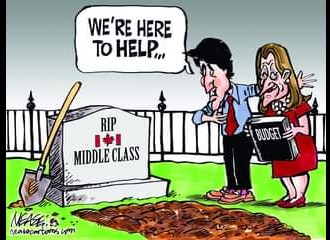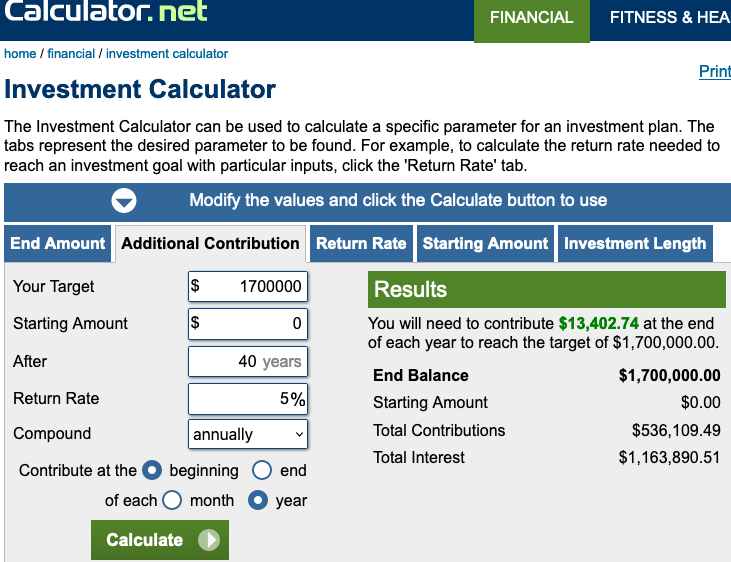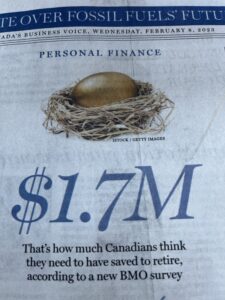 The 2023 federal budget dropped on or about 4 pm Tuesday (March 28.) You can click here and here for budget documents and the latest from the Department of Finance. Below are links to some of the early media coverage, much of which is in Wednesday’s papers.
The 2023 federal budget dropped on or about 4 pm Tuesday (March 28.) You can click here and here for budget documents and the latest from the Department of Finance. Below are links to some of the early media coverage, much of which is in Wednesday’s papers.
The theme of the budget is Making Life More Affordable, a somewhat comic choice given that government’s inflationary policies and high-spending, high-taxing behaviour is a big part of what makes life so expensive, especially for one-income couples. [See Steve Nease cartoon below on his take on the impact on the middle class.]
Here’s the Department of Finance’s backgrounder on it.
Pre-budget one of the biggest concerns expressed by investors was whether the capital gains tax or the inclusion rate might be hiked. That did not appear to transpire in the budget, at least for the middle class. See however Christopher Nardi’s article in the National Post highlighted below: he suggests those affected by the Alternative Minimum Tax (AMT) may indeed pay more in capital gains tax.
And here’s CIBC Wealth’s tax guru Jamie Golombek, writing on both topics in the Financial Post: Alternative minimum tax changes will make it harder for high-income earners to avoid paying taxes.
Also hoped for was measures to delay or reduce annual forced taxable withdrawals from Registered Retirement Income Funds (RRIFs). I saw no mention of this in early coverage listed below.
CBC’s summary
On TV, the CBC highlighted that the deficit will grow by $69 billion between 2022 and 2028, no longer projecting a balanced budget in this fiscal framework. On the CBC website it provided the following highlights:
- $43B in net new spending over six years.
- 3 main priorities: health care/dental, affordability and clean economy.
- Doubling of GST rebate extended for lower income Canadians, up to $467 for a family.
- $13B over five years to implement dental care plan for families earning less than $90K.
- $20B over six years for tax credits to promote investment in green technologies.
- $4B over five years for an Indigenous housing strategy.
- $359 million over five years for programs addressing the opioid crisis.
- $158 million over three years for a suicide prevention hotline, launching Nov. 30.
- Creation of new agency to combat foreign interference.
- Deficit for 2022-23 expected to be $43B, higher than projected in the fall.
- Higher than expected deficits projected for next 5 years.
- Federal debt hits $1.18 trillion. Debt-to-GDP ratio will rise slightly over next 2 years.

CTV’s summary
Here are the highlights in CTV’s view:
Budget 2023 prioritizes pocketbook help and clean economy, deficit projected at $40.1B.
- $2.5 billion for a GST tax credit billed as a ‘grocery rebate’
- $46.2 billion for federal-provincial-territorial health deals
- $13 billion for expanding the federal dental plan
- 2 per cent cap on incoming excise duty increase on alcohol
- Advancing passenger protections but upping a traveller charge
- $4.5 billion for 30 per cent tax credit on clean tech manufacturing
- $15.4 billion in savings from public service spending cutbacks
Much of the budget was previously announced or telegraphed
The National Post weighed in with this: Chrystia Freeland abandons budget balance plan, adding $50 billion in debt. It noted “much of what is in the budget has been previously announced — or at the very least telegraphed. Ottawa will spend an extra $22 billion on health care over the next five years, as per provincial deals announced last month. It’s also adding about $7 billion for expanded dental care. Low-income Canadians will receive an extra GST credit, at a cost of $2.5 billion.
A Joe Biden Budget
Also at the Post, William Watson said Freeland delivers a Joe Biden budget.
“From blue-collar bluster to giant green subsidies, Made-in-Canada packaging and make-the-rich-pay rhetoric, Canada’s federal budget borrows from the U.S.”
Green tax credits, more dental care as expected pre-budget
Also expected, according to this FP story published before the budget was released, was “significant” tax credits for the green economy, more measures on dental care and other ways to make life more “affordable,” including amendments to the Criminal Code to reduce predatory lending. It was expected the criminal interest rate be lowered to 35%, as it is in Quebec. The predatory lending measure is indeed included, as you can see in the link to the backgrounder above.
Also leaked earlier in the day was a report in the Globe & Mail that there will be a clean-tech manufacturing tax credit to encourage domestic mining of critical minerals.
Alternative Minimum Tax (AMT) rises
Here is an early overview from the Globe & Mail after 4 pm: Federal budget 2023: Trudeau government bets on green economy, expands dental care. The G&M reported Ottawa plans to raise “nearly $3-billion through changes to the Alternative Minimum Tax, which is a second way of calculating tax obligations to ensure a high wealth individual can’t make excessive use of tax deductions … 99 per cent of the AMT would be paid by those who earn more than $300,000 a year and about 80 per cent would be paid by those who earn more than $1-million.”
Christopher Nardi in the National Post wrote the following summary, with the subheading “Bye bye federal budget surplus, hello light recession.”
Note this sentence from Nardi:
‘With this first overhaul since 1986, the AMT will now apply largely to Canadians in the top income tax bracket (over $173,000) and will see their capital gains inclusion rate jump to 100 per cent and a host of eligible tax deductions, like moving or employment expenses, dropped to 50 per cent.”








